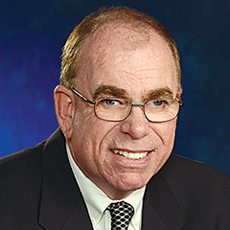
“So how should we replace our skilled care beds?”
The question came during a trade show I attended more than a decade ago. What was a bit jarring at that time was that all the people in the room were nonprofit operators.
Wait, isn’t that the side of the field that puts needed services first, profits be damned? Yes, to a point. For as the saying goes: No margin, no mission.
Am I mentioning this to pick on nonprofit communities? Of course not. The work they do is beyond reproach and routinely heroic. But at the end of the day, they too must pay for things like wages, lights, gas and water. Sometimes that can mean making uncomfortable adjustments.
How have things changed since? Well, it turns out that the lone voice in the room was really posing less of a question and more of a battle cry. Increasingly, divestiture of stand-alone long-term care services is becoming the new game plan. And to be clear, it is happening on both sides of the taxation divide.
Motivated by a combination of new economic realities, concerns about being left behind, fear and sometimes greed, operators are changing strategies and tactics as never before. And in their search for new answers, many are giving up on some of the old ones. Not that it’s hard to see why.
A report released Thursday by the America Health Care Association notes that more than 300 nursing homes closed during the COVID-19 pandemic — and predicts another 400 could shut down this year.
The most vulnerable: smaller facilities located in urban settings where Medicaid pays most of the bills. In other words, what was once arguably the heart of the industry.
Meanwhile, the open secret on the nonprofit side is that stand-alone communities are being sold off in unprecedented numbers. It would appear this is no time for one-trick ponies. Especially if those horses are losing money.
So welcome to the new world of long-term care. One where service diversity is the price of admission, risk management is the phrase that pays, value-based care is the gold standard and insurance companies are increasingly calling the shots.
As for how these shifts will play out over the next decade or so? It’s really anybody’s guess. All we know for sure is this: Long-term care will be different. Very different. In fact, it could become so different we just might have to quit calling it long-term care.
John O’Connor is Editorial Director for McKnight’s.
The opinions expressed in McKnight’s Long-Term Care News columns are not necessarily those of McKnight’s.




